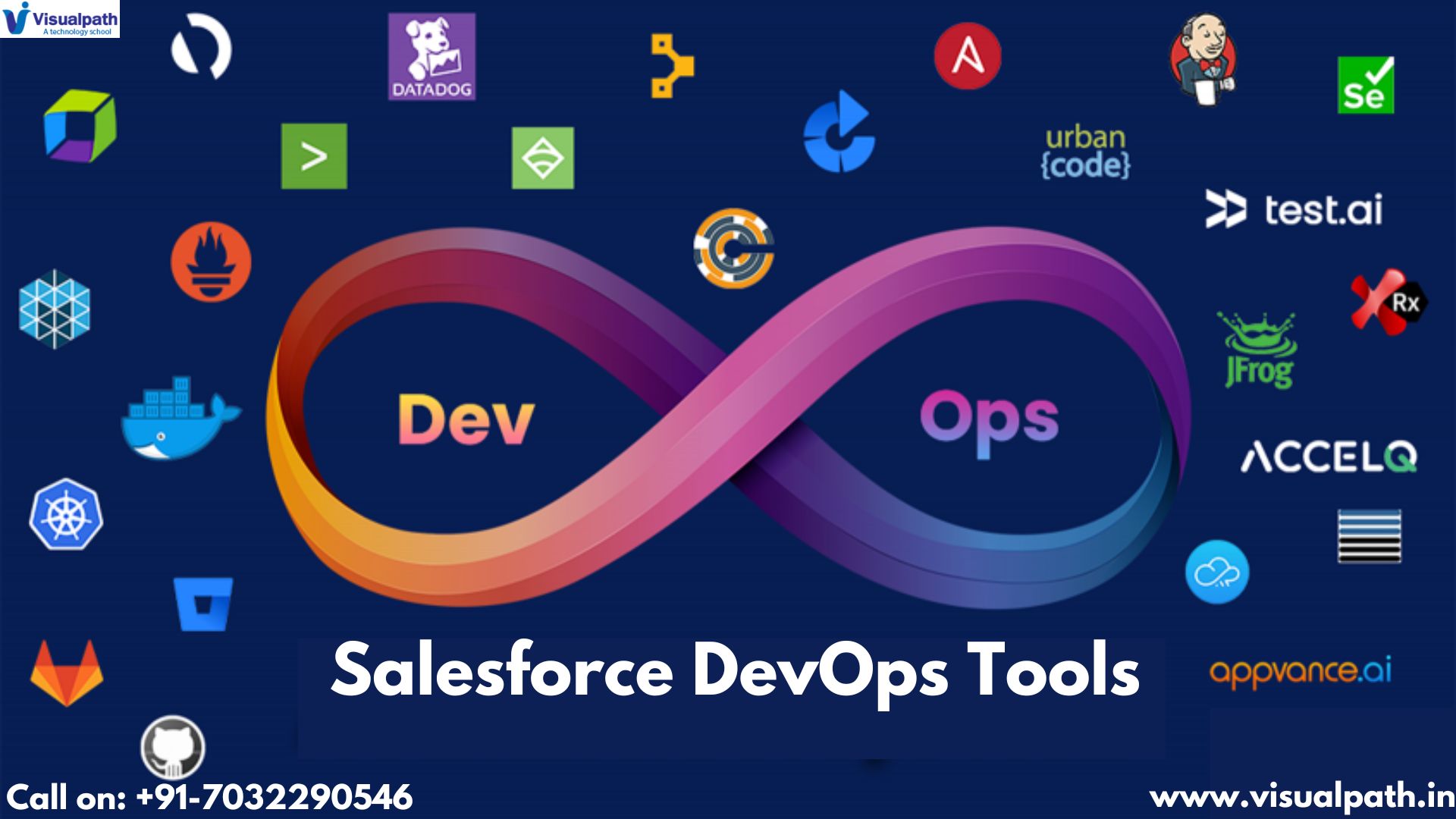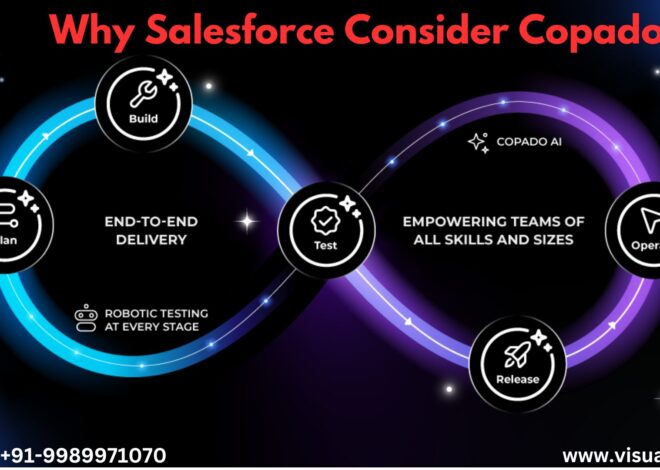
What Are the Best Tools to Enhance Your Salesforce DevOps Pipeline?
Salesforce DevOps Training fast-paced digital landscape, businesses rely heavily on Salesforce to manage their customer relationships and drive sales. To keep up with evolving customer needs and market demands, organizations need to deliver Salesforce customizations and updates quickly and efficiently. This is where Salesforce DevOps comes into play. A robust Salesforce DevOps pipeline streamlines the development, testing, and deployment processes, enabling teams to deliver high-quality releases with increased speed and reduced risk. However, building and maintaining an effective pipeline requires the right tools.
Why is a Salesforce DevOps Pipeline Important?
A well-defined Salesforce DevOps pipeline offers numerous benefits, including:
- Faster Release Cycles: Automating key processes reduces manual effort and accelerates the delivery of new features and updates.
- Improved Quality: Continuous integration and continuous testing help identify and resolve issues early in the development cycle, leading to higher quality releases.
- Reduced Risk: Automated deployments minimize the chances of human error and ensure consistent and reliable releases.
- Increased Collaboration: DevOps promotes collaboration between development, operations, and testing teams, fostering better communication and shared responsibility.
- Enhanced Agility: A streamlined pipeline allows organizations to respond quickly to changing business requirements and market conditions.
Key Components of a Salesforce DevOps Pipeline:
A typical Salesforce DevOps pipeline includes the following stages:
- Development: Developers work on features in isolated sandboxes.
- Version Control: Changes are tracked and managed using a version control system.
- Continuous Integration: Code changes are integrated frequently and automatically.
- Automated Testing: Unit, integration, and user acceptance tests are executed automatically.
- Release Management: Releases are planned and managed.
- Deployment: Changes are deployed to different environments (e.g., staging, production).
- Monitoring: The health and performance of the deployed application are monitored.
Best Tools to Enhance Your Salesforce DevOps Pipeline:
Choosing Salesforce DevOps Certification the right tools is crucial for building an effective Salesforce DevOps pipeline. Here are some of the best tools available:
1. Version Control Systems:
- Git: The industry standard for version control, Git enables teams to track changes, collaborate effectively, and revert to previous versions if needed. Platforms like GitHub, GitLab, and Bitbucket provide hosting and management for Git repositories.
2. Continuous Integration and Continuous Delivery (CI/CD) Tools:
- Jenkins: An open-source automation server that can be used to build, test, and deploy Salesforce applications. Jenkins integrates with various other tools and provides a flexible platform for building custom pipelines.
- Azure DevOps: A cloud-based service that provides a comprehensive suite of DevOps tools, including CI/CD pipelines, version control, and testing capabilities.
- CircleCI: A cloud-based CI/CD platform that offers fast and reliable builds and deployments. It integrates seamlessly with Salesforce and supports automated testing.
- Copado: A low-code DevOps platform specifically designed for Salesforce. It simplifies the process of building and managing Salesforce pipelines and provides features like automated deployments, rollback capabilities, and compliance tracking.
- Flosum: Another dedicated Salesforce DevOps Course platform that offers similar features to Copado, including release management, automated testing, and environment management.
3. Automated Testing Tools:
- Apex Test Framework: Salesforce’s built-in testing framework for writing unit tests for Apex code.
- Selenium: A popular open-source framework for automating web browser interactions. Selenium can be used to automate UI tests for Salesforce applications.
- Provar: A testing tool specifically designed for Salesforce, offering end-to-end testing capabilities, including UI testing, API testing, and data testing.
4. Deployment Tools:
- SFDX CLI: Salesforce’s command-line interface, which provides a powerful way to automate deployments and manage Salesforce orgs.
- Ant Migration Tool: A Java-based tool for migrating metadata between Salesforce orgs. While older, it’s still used in some scenarios.
5. Monitoring Tools:
- Salesforce Platform Events: A real-time event messaging system that can be used to monitor the health and performance of Salesforce applications.
- New Relic: A cloud-based monitoring platform that provides insights into the performance of Salesforce DevOps Online Training applications and infrastructure.
- AppDynamics: Another application performance monitoring (APM) tool that can be used to monitor Salesforce performance and identify bottlenecks.
6. Static Code Analysis Tools:
- PMD: An open-source static code analyzer that can be used to identify potential code issues in Apex and Visualforce.
- Checkmarx: A commercial static code analysis tool that provides comprehensive security analysis for Salesforce applications.
Choosing the Right Tools:
The best tools for your Salesforce DevOps pipeline will depend on your specific needs and requirements. Consider factors like team size, budget, complexity of your Salesforce implementations, and desired level of automation when making your decisions. Often, a combination of tools will be required to create a complete and effective pipeline.
Conclusion:
A well-implemented Salesforce DevOps pipeline is essential for organizations looking to deliver high-quality Salesforce applications quickly and efficiently. By leveraging the right tools, teams can automate key processes, improve collaboration, and reduce risk. Investing in the right tools and establishing a robust DevOps culture will enable your organization to maximize the value of your Salesforce investment and stay ahead of the competition. Remember to evaluate your needs and choose tools that integrate seamlessly and support your specific Salesforce development lifecycle.



